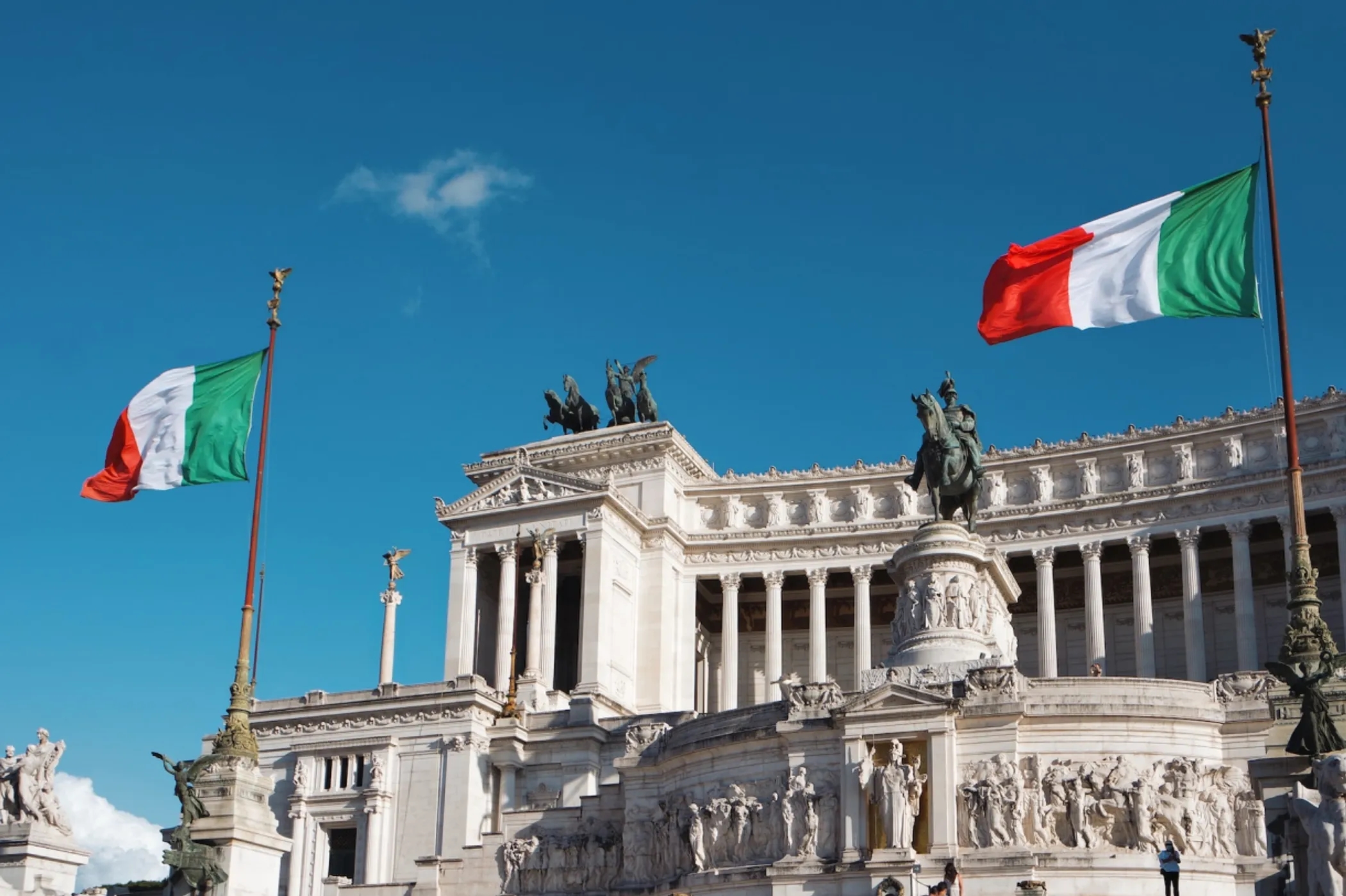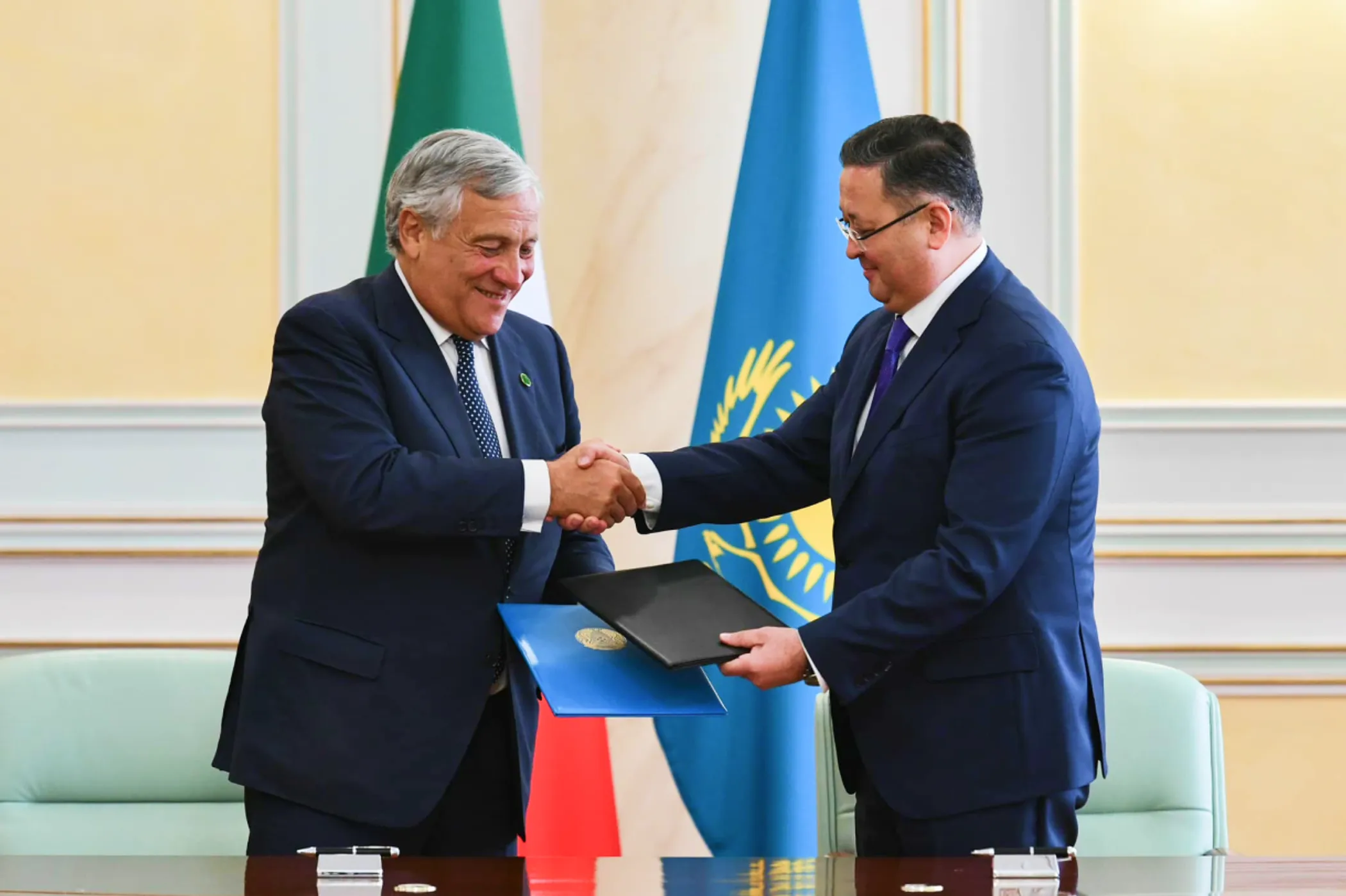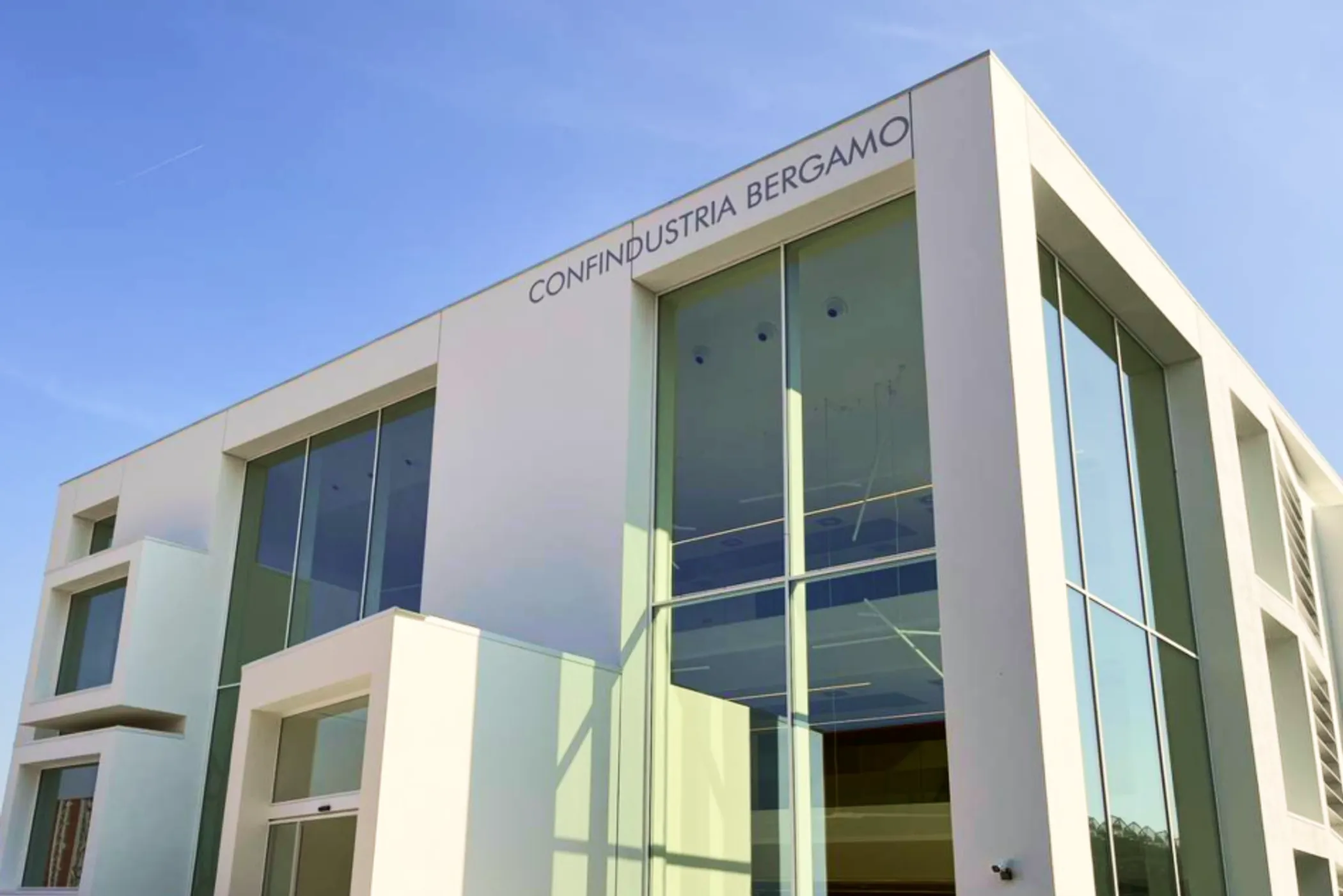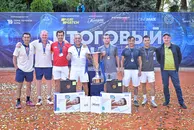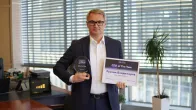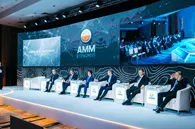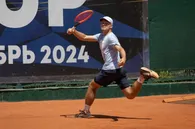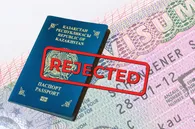As part of the official visit to Italy, President Kassym-Jomart Tokayev held a meeting with representatives of the business community in Rome, attended by thirty international companies, QazMonitor reports citing Akorda.
Transparent economy
In his speech, the President noted that Kazakhstan recorded economic growth of 5.1% last year, almost twice as high as the projected global figure. The Republic has set a strategic goal of achieving 6-7% growth in the medium term, which will enable Kazakhstan to double the size of its economy by 2029.
Alongside political transformation, we are developing a market-based and competitive economy, which I believe is a prerequisite for success. Today, I can confidently inform you that very soon Kazakhstan will start cardinal reforms that will make our economy more transparent, sustainable, and dynamic. Our goal is to bring the standards, rules, and practices of doing business in Kazakhstan up to the OECD level.
The President informed Italian businesses about the recently established Investment Council with broad powers that will facilitate the realization of investment projects through prompt decision-making and comprehensive government support. In this context, Tokayev called on major Italian biotechnology and pharmaceutical companies to localize their production in Kazakhstan. He also highlighted the advantages of the Astana International Financial Center and the potential of cooperating in the IT industry.
Renewable energy and critical materials
Another point in the President’s speech was energy cooperation, highlighting that more than 80% of Kazakhstan's oil is exported to Europe, providing about 10% of the EU's needs. The potential for collaboration in renewable energy is substantial, with expert estimates placing Kazakhstan's capacity in the industry at 1 trillion kWh. This has already attracted the attention of major energy corporations, including Total, ACWA Power, Masdar, and Svevind Energy Group, all of whom plan to undertake renewable energy projects with a total capacity of 43 GW. In this context, the President invited Italian companies to participate in projects within Kazakhstan.
Additionally, Tokayev addressed the global demand for critical materials and discussed the prospects of Kazakh-Italian cooperation in this field.
According to the World Bank estimates, Kazakhstan boasts more than five thousand undiscovered deposits, valued at over $46 trillion. Presently, we already produce 19 of 34 critical raw materials required for the European Union's economy. Deposits of nine additional types of minerals, such as cobalt, tungsten, lithium, and others, can be developed with the necessary investments.
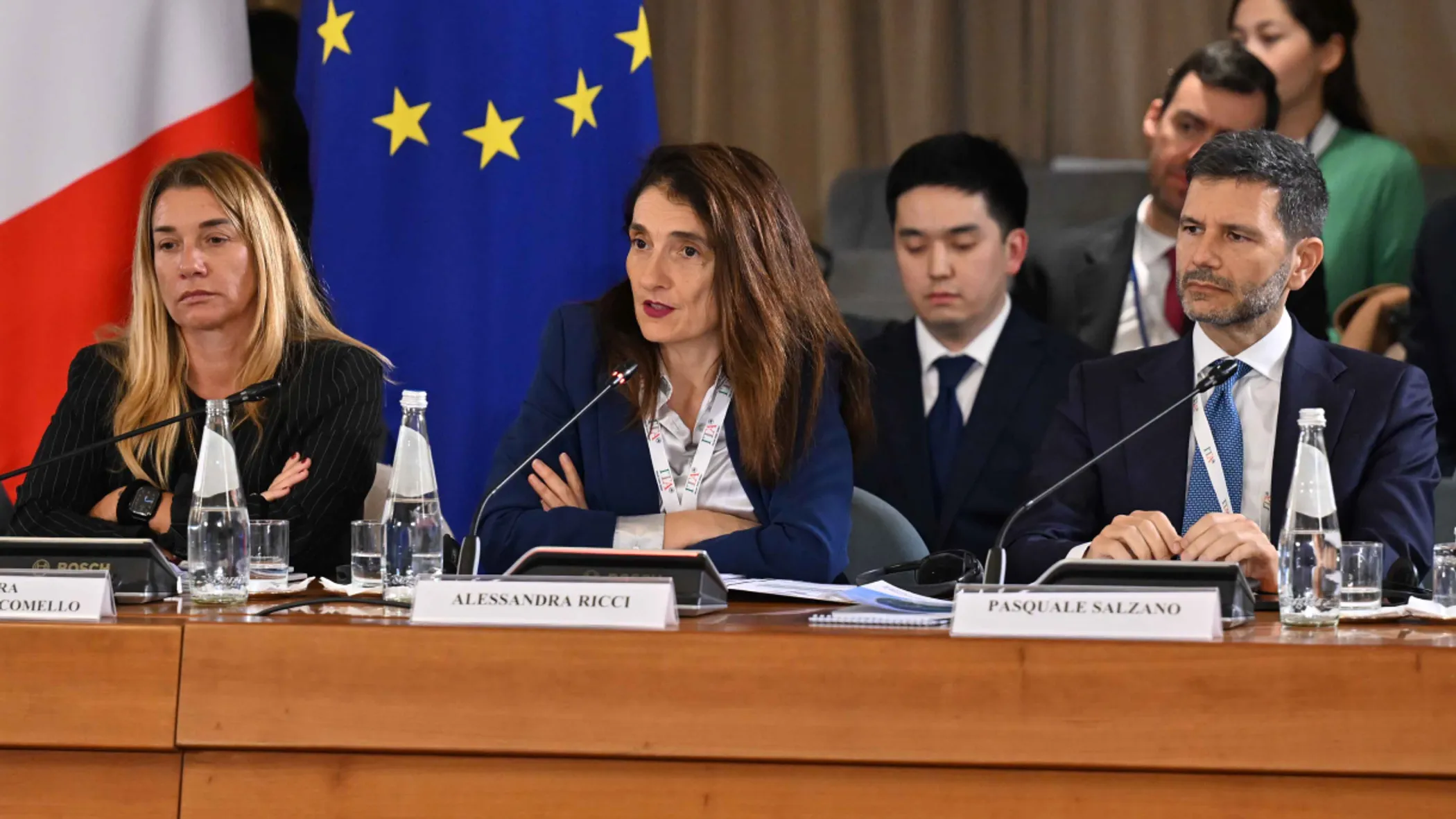
Development of TITR
The President stressed that to become a regional hub, Kazakhstan is developing the Trans-Caspian International Transport Route.
"The Middle Corridor complements the Belt and Road initiative, and we intend to link it with the EU's Trans-European Transport Network and the Global Gateway project. We also support the G7's Partnership for Global Infrastructure and Investment," Tokayev said.
Over the past 15 years, Kazakhstan has invested more than $35 billion to develop its transport infrastructure, and the country plans to build more than 1,300 kilometers of railroads in the next three years. This expansion will increase the transportation of goods to several regions, including China, South Asia, and Europe. Tokayev noted that Kazakhstan welcomes Italian investors to take part in the development of ports, joint production of transport vessels, and the establishment of logistics centers.
Agriculture
Lastly, he brought the attention of Italian businesses to the potential of joint investment projects in agriculture.
More than 70% of our territory is suitable for farming, making the country the breadbasket of Central Asia. We rank among the world's top ten wheat and flour producers, with our agricultural products being supplied to more than 80 countries worldwide. Given the growing food shortages globally, we have set the task of tripling the productivity of this sector and doubling the exports. Kazakhstan is keen on developing cooperation with Italian partners in the cultivation of grain and oilseed crops, as well as the production of pasta, meat, and milk.
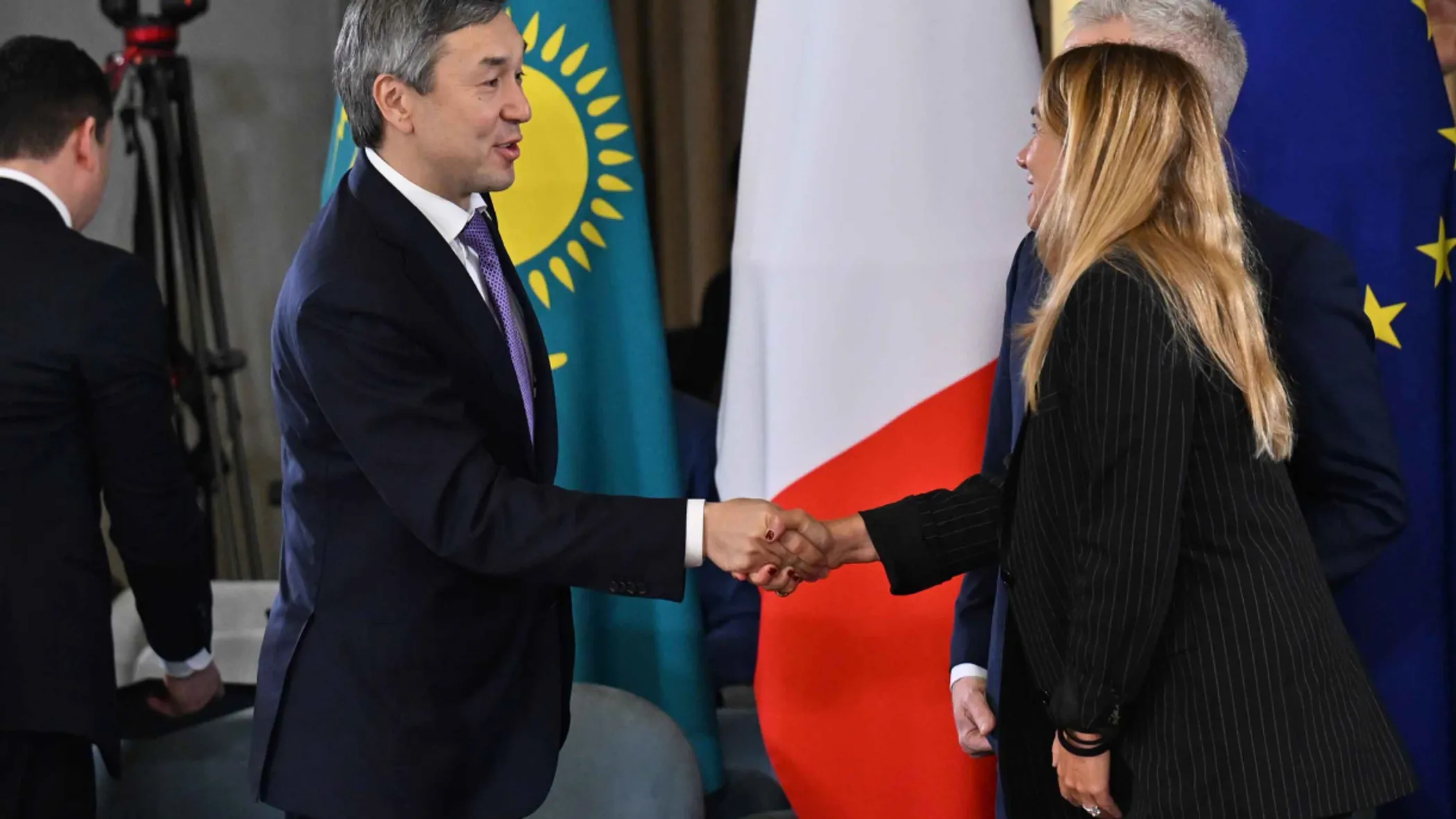
Signed agreements
At the end of the investment round table, the signing ceremony for the following documents took place:
Agreement between Samruk-Kazyna JSC and Ballestra, defining the terms and conditions for the implementation of the project, including the construction of a sulfuric acid plant with an annual capacity of 800 thousand tons in the village of Taikonyr, Turkistan region.
Framework agreement between Baiterek JSC and SACE, outlining the establishment of limits on insurance transactions involving Italian participation in key sectors of the economy.
Cooperation agreement between Samruk-Energy JSC and Ansaldo Energia S.p.A., which involves the reconstruction of the Almaty CHP-3 power plant and the construction of a combined cycle gas turbine with a capacity of up to 544 MW.
Memorandum of Cooperation between Atameken and Confindustria, to support Italian enterprises in Kazakhstan and Kazakh enterprises in Italy, and strengthen economic and trade relations between businesses in Kazakhstan and Italy.

